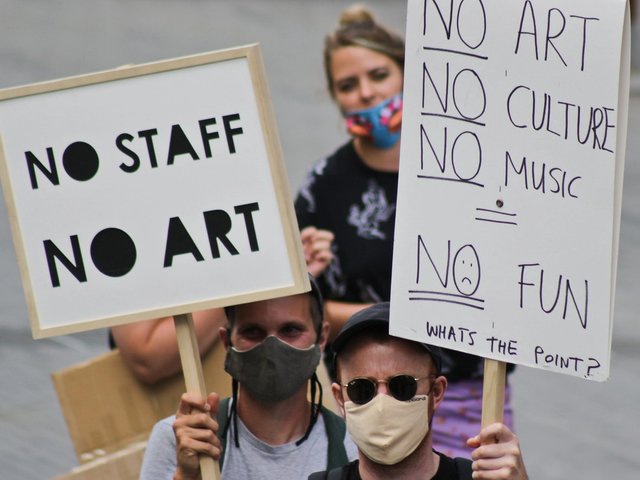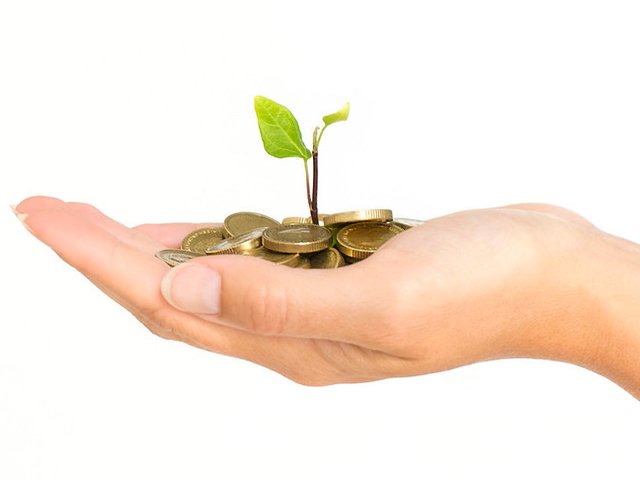Our cultural infrastructure has never felt secure, even in the best of circumstances. In the US, one of the wealthiest nations in the world, philanthropic organisations such as ours, Creative Capital, not only help artists to realise their visions but also put food on the table and rent in the mail. Arts and culture nonprofits in the US alone employ five million people and generate nearly $200bn in economic activity. Now, amid the unfolding coronavirus (Covid-19) epidemic, museums have closed, performances cancelled, fundraisers postponed. Countless people’s incomes have disappeared. The best of circumstances seem a distant memory.
With even massive institutions such as the Metropolitan Museum of Art confronting unprecedented financial challenges, we face nothing short of a structural breakdown of nearly the entire cultural ecosystem. Untold numbers of smaller, already financially precarious arts and project spaces, theatres and galleries across the globe will find themselves stretched to breaking point over the coming weeks and months. Their loss will have an impact far beyond their four walls. They enrich the education of countless children and provide much-needed public space for senior citizens. They employ not only artists, curators and archivists but security guards, ushers, retail associates, wait-staff, custodians and more. To see them disappear would be to sever the connective tissue holding together communities. The need to preserve these organisations is about much more than their economic impact.
The shorthand of crisis is cost. Who is paying and how? This is a necessary abstraction in a moment when everyone is hurting. However, it does a particular disservice to the arts. While these theatres, museums, galleries, non-profits and individuals are economic generators, and while they are integral to the social wellbeing of a culture of empathy and diversity, they are, and have always been, something unique—chroniclers of our capacity to overcome. Through them we can explore how we have responded to crisis after crisis—from ancient Abyssinia to Aids. Museums, theatres and other art spaces connect us to a communal memory. To lose them, at a moment when so much is on the line, is a uniquely terrible thing.
But more than that, the arts light the path ahead. Once we have made it through this crisis, we will be looking to our artists to help us process what has happened, and how we should look to move forward. Our artists enlighten us, they lift us up, they make us laugh, they point us to the issues we will be talking about tomorrow, the problems we will be grappling with, the ideas we will be discussing. They help us to understand. We must begin laying the groundwork now to ensure their work is still possible in the new world that emerges—a world that embraces the possibilities of art as a public good.
We turn to artists when we are hurting, but too often their own struggles go unheeded. Whatever other purposes it serves, making art is also a job, a livelihood. The humanity, care and resiliency we have seen in this moment is inspiring. Along with devastating loss has come incredible service, but too often we conflate the power of art, both social and economic, with buildings and objects. We must not forget our artists—the painters, sculptors, performers, writers, playwrights, actors, musicians and so many others—whose works brings us together, nor those who join forces with them to facilitate the experience.
If you can, I urge you to contribute to their crowdfunding efforts, buy their work online, get tickets to virtual performances, order books and support the relief efforts that are beginning to appear. The world we emerge to when this is over will be better for it.
- Suzy Delvalle is the president and executive director of Creative Capital




